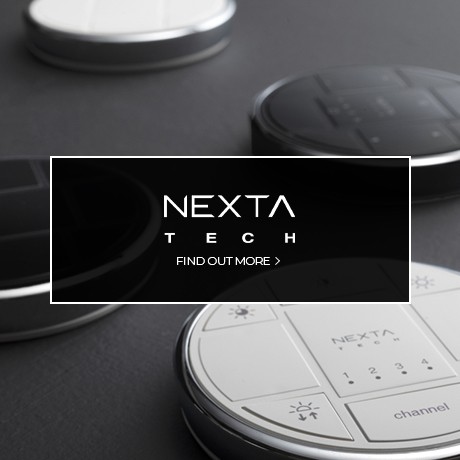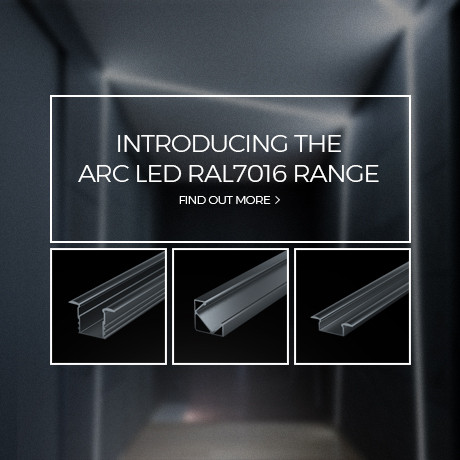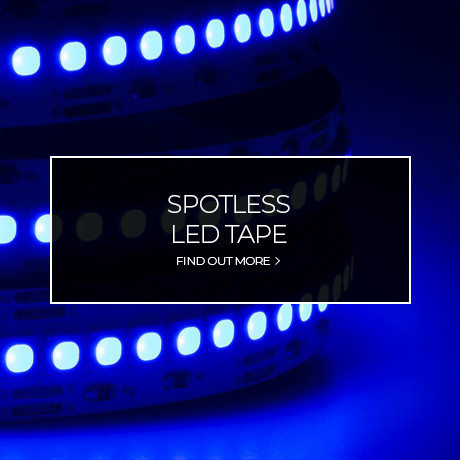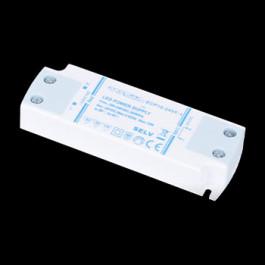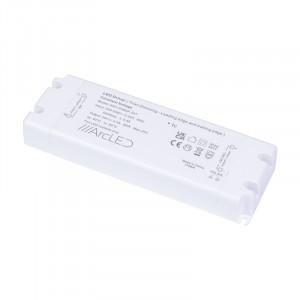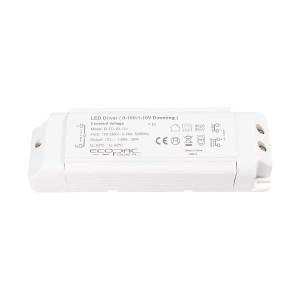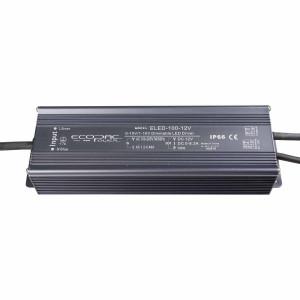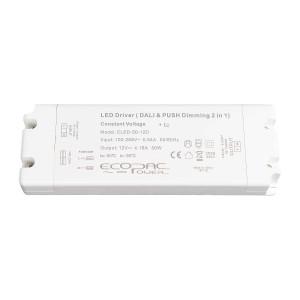Categories
Related Categories
If you've chosen the perfect LED strips you require for your exciting new lighting setup, then it is essential to look into which of our LED drivers will be the best option to power your new design. You may be wondering 'what LED driver do I need?' With our full LED Driver guide below, it should be easy to work out which LED driver you will for your own lighting needs. We’ll cover everything from voltage to wattage to installation.
You may have already decided on your light strips and think you're ready for installation. However, it isn't as easy as plugging your lights straight into the mains without a driver LED. LEDs are specialised and specifically-designed forms of lighting which require a select amount of power to function properly. When improperly installed, LEDs can often overheat, short-circuit or straight-up break. Our LED drivers explained guide will now show you where the drivers come in.
By controlling the amount of voltage and/or current being used power lighting strips, an LED light driver allows for the safe, efficient and optimum running of LED lights. There are many factors to consider when choosing the perfect LED driver, which is why we provide as much information as possible on these power-regulating devices. We'll show you how to work out what you need with an LED driver calculator and go through some of the key features you’ll want to know before purchase.
What Is a LED Driver?
An LED driver is a self-contained power converter which, when installed, can regulate the amount of voltage or electrical current being used to power LED lighting. Different LED drivers work in different ways in order to cater to the specific needs of the LED lights being used. As well as standard drivers, you can also purchase dimmable LED drivers. If you already know the specific type of LED driver you need, you can already filter down to the following types of driver we provide:
You can more often than not determine which LED driver you will need through the specifications provided with the lighting strips. The specifications should be printed on the product packaging, the product itself or with an included data sheet. If you are unsure on any product details, then please get in touch with us. Here are three things to check to determine the perfect LED driver:
- You should always purchase an LED driver that can successfully power the wattage required by your LEDs. It is generally recommended that you have a 20% allowance over the required wattage. To calculate this, you simply need to determine the watts per metre of your LED and multiply this by the number of lengths. Ensure that the LED driver is able to handle this wattage by adding the twenty per cent to your value - it’s that simple!
- Another value to check is the output voltage of your LED driver compared with the input voltage of the LED lighting tape. By matching this value, you can be sure to not overload the LED tapes. As a general rule, you can determine the number of LEDs that can run on a single driver by dividing the maximum output voltage of the driver by the forward voltage of the combined LED lighting strips. The forward voltage should not exceed the output voltage.
The driver should work to protect the tapes from becoming overpowered and prolong their life, so make sure to get a driver that works perfectly with your lighting requirements. If you have any doubts about the suitability of an LED driver with your newly purchased strips or lights, then we invite any queries or questions. If you need an LED Driver circuit explained in greater detail, our in-house experts will be more than happy to help with your enquiry.
Choose ArcLED for LED Drivers UK
The primary function of an LED driver for lighting is to regulate the amount of power being transferred into the LED lighting strips. There are two kinds of driver that regulate and provide power to the lights in specific ways. One can regulate the current and the other the voltage. Here are the two kinds of driver and what benefits each one has.
- Constant Current LED Drivers – these drivers are compatible with LED tapes which only require a set amount of current to be powered. This type of LED driver is more suited to high performance LED setups where more bulbs are present. This is because it is able to maintain an increased brightness across the lighting tape. The driver is able to maintain a constant current by constantly varying the output voltage.
- Constant Voltage LED Drivers - if the LEDs you have opted for state a specific voltage required for use, then a constant voltage LED driver is exactly what you need. These drivers drop the AC voltage from the main switch to a more manageable and constant output voltage. It is possible to run parallel circuits of an LED Driver. These are the most common types of driver used in home LED lighting.
In older LED bulbs, the driver was built-in, but now with LED tapes, strips and ribbons being designed to be more lightweight and streamlined, the LED driver has become an external transformer and AC decoder. This may add another item onto our LED purchase, but when you see the final results of your LED setup – you'll be sure that it’s well worth the extra effort of properly installing your LED driver circuit.
As we have many a time before, we are always willing to help with any questions you have regarding drivers for LED lights. Between us, we have over 60 years of experience in dealing with LED lighting and have seen many customers enjoy a successful setup due to our products and our advice. If you too want to get in touch, then provide us with all the information of your plans so we can sort you out with the right LED driver for your LED lights.















